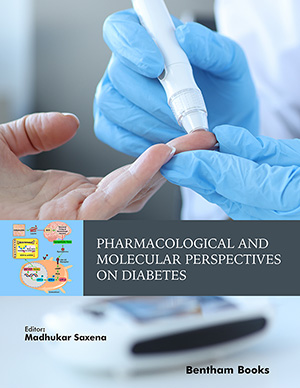Abstract
Osteocalcin, a well-known bone formation marker, is secreted from
osteoblasts and exists in fully carboxylated, partially carboxylated, and completely
uncarboxylated forms. The endocrine involvement of uncarboxylated osteocalcin in
glucose homeostasis has recently been confirmed. It has been demonstrated that double
recessive osteocalcin mutant mice are hyperglycemic, hypoinsulinemic, and have
reduced β cell numbers and insulin resistance. In contrast, leptin (an adipocyte-derived
hormone) indirectly regulates the secretion of insulin in part through inhibition of
osteocalcin conversion to uncarboxylated form via β2 adrenergic receptor signaling in
osteoblasts. Because uncarboxylated osteocalcin is a secretagogue of insulin, which in
turn positively regulates the bone formation, osteocalcin lies at the centre of the
complex mechanism of glucose homeostasis and bone remodeling network.
Keywords: β2 adrenergic receptor, Bone Gla Protein, Bone remodeling, GPRC6A, Glucose homeostasis, Hyperglycaemic, Insulin, Receptor tyrosine kinase, Leptin, Sympathetic tone, Uncarboxylated osteocalcin.






















